Types of Kayaks – Recommendations and Buying Guide
There’s no better feeling in the world than spending a fun day kayaking with family and friends. But, if you’re reading this, you probably don’t need convincing. So, let’s cut to the chase and talk about why you’re here.
You’ve decided to join the elite community of kayak owners, but aren’t quite sure which one to get. You’ve likely come across several different types of kayaks in different shapes and with various capabilities, and you just don’t know where to start.
Lucky for you, we’ve got all the answers. Here’s the ultimate buying guide to choosing the right one, as well as our top recommendations.
Types of Kayaks – Where Do You Intend to Use Yours
Before we can even discuss the different types of kayaks that exist, there are a couple of things you need to establish from the get-go. For starters, where do you intend to use your boat? You might be wondering why this is important since all of them are essentially built to float in water.
True as this may be, specific kayaks are built for use in specific environments. So, if you want to get the most out of your kayaking experience, you first need to identify the nature of the place you’re going to use it in and how you’re going to use it.
Just like there are cars designed for off-road use, there are kayaks designed for water rapids and others well suited for still waters. Every kayak model is designed for optimum performance within its designated environment.
Water bodies can generally be grouped into two. There are inland water environments, which include canals, ponds, inlets, bays, lakes, and smaller rivers. Then there are open waters which refer to every other larger body of water like big lakes, rivers, seas, and oceans.
Kayaking in a small water body versus in open waters with huge waves makes for totally different experiences. Let’s explore this in detail.
1. Lakes and Ponds
Paddling on a quiet and serene lake or pond offers a calm and relaxing ride. The waters are still, so you’ll glide leisurely along the water surface without any of the hustle and bustle back at the shore. Kayaking on a larger lake, however, means that you could encounter large waves that pose some level of danger to both you and your boat.
2. Rivers and Canals
Waterways in this category come in all shapes and sizes. You may encounter rivers that give you a smooth and gentle ride downstream. You may also encounter others like whitewater rapids that give you an adrenaline rush as you battle through them.
These waterways are best left to advanced kayakers who have years of experience paddling in rough waters.
But, regardless of an individual’s experience level, kayakers still have to be extra vigilant when navigating these waterways as they are notorious for changing abruptly without any warning. The speed and level of activity of going on both above and below the water surface could change drastically in a matter of seconds.
3. Seas and Oceans
Much like rivers, the level of activity in the sea or ocean could also change in an instant. Factors like storms, tidal fluctuations, the speed of the wind, and other elements can aggravate already hostile conditions making it difficult for kayakers to navigate these waters.
To be on the safe side, it is always a good idea not to venture too far off the coastline. Ensure that you take all the necessary precautions to prevent a mishap.
Different Types of Kayaks
With that brief overview, you can immediately see why you need to get the right vessel for the environment you intend to kayak in.
If you’re chasing an adrenaline high, then you need to get a vessel that can withstand the knocks and bumps that come with navigating whitewater rapids. If you want to explore the small lake in your city and take your family with you for a relaxed weekend outing, then you need to get the right yak for that as well.
Kayaks can be classified based on their style or by the specific activities they are designed for.
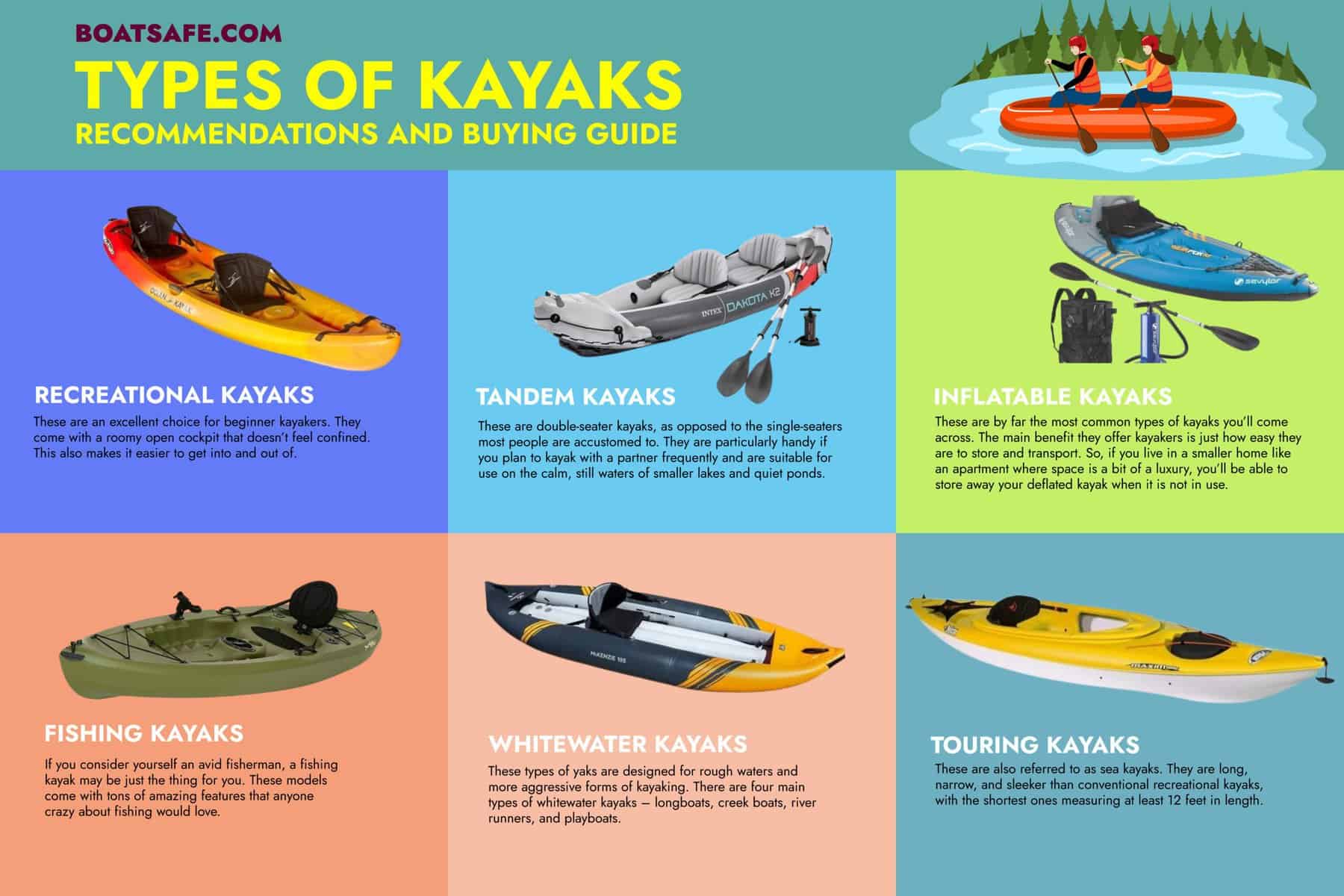
Kayak Types Based on Style
There are two main kayak styles you’ll come across – Sit-on-top kayaks and sit-in kayaks. The difference between the two types can be attributed to the vessel’s cockpit.
Sit-on-tops have an open cockpit with a seat on the surface. Your feet remain uncovered. Sit-ins, on the other hand, have an enclosed cockpit that you sit inside of. So, you’re covered from the waist down.
Sit-On-Top Kayaks
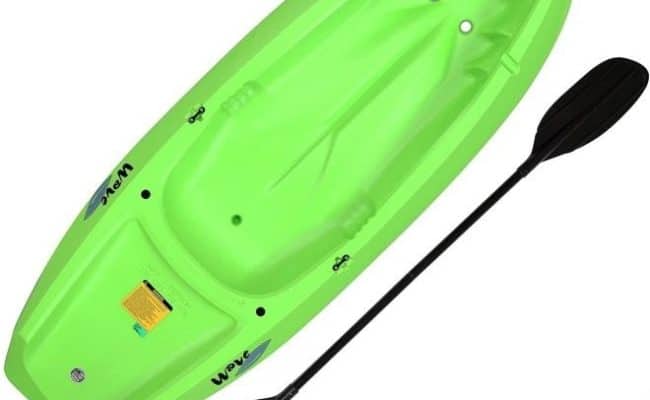
There are two main kayak styles you’ll come across – Sit-on-top kayaks and sit-in kayaks. The difference between the two types can be attributed to the vessel’s cockpit.
Sit-on-tops have an open cockpit with a seat on the surface. Your feet remain uncovered. Sit-ins, on the other hand, have an enclosed cockpit that you sit inside of. So, you’re covered from the waist down.
Pros of Sit-On-Top Kayaks
One of the main benefits of sit-on-top kayaks is the fact that they are self-bailing. As you kayak, there’s the very real possibility of water getting into the cockpit from the waves and splashes that result from paddling. If this happens, you would have to bail it out yourself.
Sit-on-tops don’t face this challenge. They have built-in scupper holes that allow the water to drain on its own.
The other benefit is – movement. Unlike sit-on-tops, mobility is limited in the cockpit of a sit-in kayak. It is also a bit of hassle to get in and out of the vessel. The top-deck seat of sit-on-top kayaks, however, offers greater mobility, which comes in handy when you need to get in and out of the boat quickly.
Sit-In Kayaks

Although both types of kayaks provide a considerable level of stability, sit-ins offer a greater degree of control – something that’s not easy to achieve with sit-on-tops. The kayaker has to position their body in the cockpit such that their knees, feet, and rear all snug up against the vessel to improve its maneuverability.
There’s also the added advantage of warmth and dryness, something kayakers in colder climates will appreciate. When you’re on a sit-on-top kayak, there’s an increased chance of water splashing on you and getting wet as a result. Not to mention how cold it can get when you’re exposed to the weather elements.
Sit-in kayaks keep the lower half of your body shielded underneath the surface of the cockpit, which limits how wet you can get. If you wear a spray skirt, the entire cockpit becomes waterproof. So, you’ll stay warm and dry.
Kayak Types Based on Activities
Now that you know the two basic types of kayaks, let’s explore the different sub-categories that exist based on their uses.
Recreational Kayaks
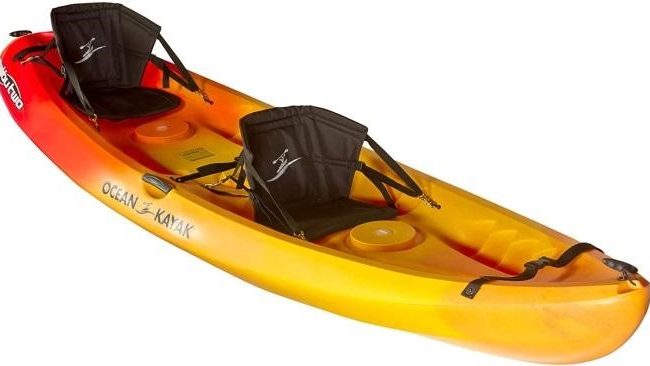
These are an excellent choice for beginner kayakers. They come with a roomy open cockpit that doesn’t feel confined. This also makes it easier to get into and out of.
They are typically short in length, with most models measuring a maximum of 10 feet long. Although they are not built for speed, they do offer the stability required to take a leisurely trip through calm waters. Recreational kayaks are well suited for kayakers of any age and skill level.
Top Recommendation: The Ocean Kayak Malibu Sit-On-Top Recreational Kayak
Touring Kayaks

These are also referred to as sea kayaks. They are long, narrow, and sleeker than conventional recreational kayaks, with the shortest ones measuring at least 12 feet in length. Because of how compact they are, kayakers can use their hips and thighs to roll themselves back to the right side up if their vessel capsizes.
Touring kayaks are built to travel fast and for long distances. This makes them perfect for racing or traveling long journeys on the river or sea. If you want a leisurely paddle around the lake or pond, this is not the vessel to do it in. They are well suited for intermediate and advanced users looking to go on long kayaking expeditions.
Top Recommendation: The Pelican Maxim 100X Sit-in Kayak
Whitewater Kayaks
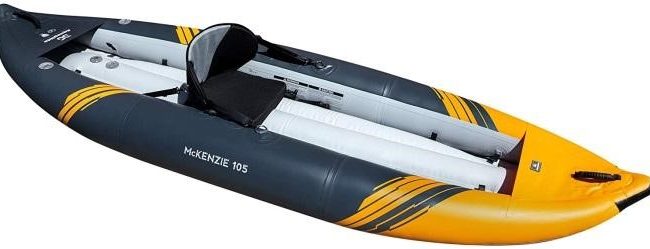
These types of yaks are designed for rough waters and more aggressive forms of kayaking. There are four main types of whitewater kayaks – longboats, creek boats, river runners, and playboats.
Longboats measure up to 12 feet long and are well suited for river runs. Creek boats are built to withstand drops since they are long and heavy.
River runners are also long and are built to endure a trip down rapid waters. Play boats are the shortest of the bunch at 6 feet and are used on standing waves and holes in rapids. They are, however, not ideal for traveling down one.
The choice of one over the other all depends on the types of rapids you intend to take on. Creek boats and longboats, for instance, can withstand the knocks and bumps that come from traveling down rapids. Play boats, on the other hand, cannot. So, make sure you pick the right one based on the specific type of whitewater activity.
Top Recommendation: The Aquaglide McKenzie 105 Whitewater Kayak
Inflatable Kayaks
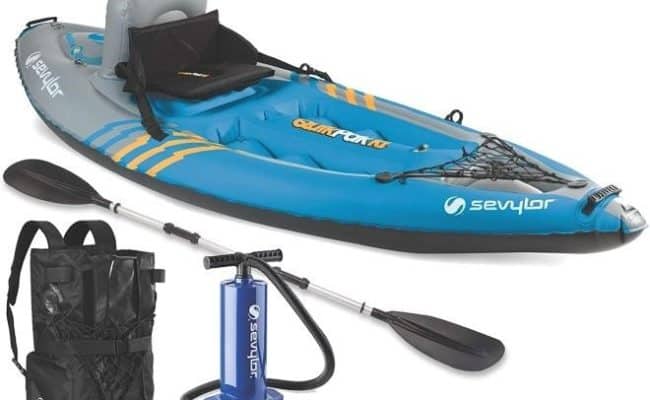
These are by far the most common types of kayaks you’ll come across. The main benefit they offer kayakers is just how easy they are to store and transport. So, if you live in a smaller home like an apartment where space is a bit of a luxury, you’ll be able to store away your deflated kayak when it is not in use.
They are well suited for beginners or people who don’t kayak frequently. An inflatable option would make the most sense since you can store it on a shelf or closet to keep it out of the way.
Top Recommendation: The Sevylor Quikpak K1 Kayak
Fishing Kayaks

If you consider yourself an avid fisherman, a fishing kayak may be just the thing for you. These models come with tons of amazing features that anyone crazy about fishing would love.
They usually come with rod holders, additional cargo storage, pedal propulsion systems (which are often motorized), and mounts for your electronic devices. These boats are designed to hold more weight than conventional vessels, which comes in handy for storing your catch and hauling gear.
If you’re a casual fisherman and mostly use your kayak for leisure than for sport, you’re better off getting a recreational vessel. If fishing is your primary reason for going out on the water, then you’re better off buying a fishing kayak right off the bat.
Top Recommendation: The Lifetime Tamarack Angler 100 Fishing Kayak
Tandem Kayaks
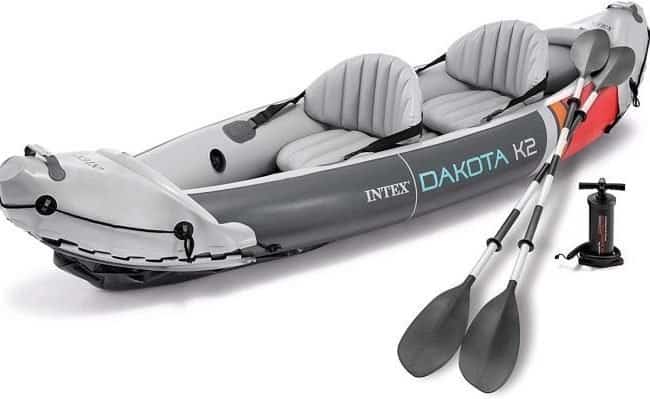
Last but certainly not least are tandems. These are double-seater kayaks, as opposed to the single-seaters most people are accustomed to. They are particularly handy if you plan to kayak with a partner frequently and are suitable for use on the calm, still waters of smaller lakes and quiet ponds.
The main challenge most people experience with this type of vessel is that due to the added weight of having two occupants on board, it is much harder to recover when it capsizes.
Top Recommendation: The Intex 68310VM Dakota K2
How to Choose the Best Type of kayak – Buying Guide
When buying a kayak for your on-water activities, here are a couple of things you need to keep in mind.
Speed
For anyone who intends to traverse long distances on the water and get to their destination quickly, a touring kayak is designed for just that purpose. They are longer narrower and, as a result, offer less resistance. If you prefer a leisurely paddle around your favorite water spot instead, a recreational kayak will suffice.
Maneuverability
Lakes, seas, and open rivers don’t have as many obstacles as ponds, creeks, and rivers. Recreational kayaks are well suited for maneuvering around these types of waterways. Touring kayaks, on the other hand, are built for open waters where you’re not required to make any sharp turns or sudden changes in direction.
Size
Recreational and light-touring kayaks are better suited for kids or smaller individuals. They may, however, not be ideal for larger people. Touring kayaks would be more suitable for such individuals since they provide a higher degree of comfort and mobility. Also, check to see that your sit-in kayak isn’t so tight that it restricts your ability to get in and out of it quickly.
Transport and storage
Recreational and inflatable kayaks contain more storage compared to touring yaks, which are more accommodating. The vessel you buy should not only transport easily, but it also needs to be outfitted to store your essentials during your kayaking expeditions.
Unlock a Whole New World of Adventure
Now that you know all the different types of kayaks you can choose from, ensure that you pick the right one based on the specific environment you’ll be kayaking in, and the activities you intend to engage in.
Regardless of the one you pick, kayaks guarantee the best on-water adventure you can ever have. So go on – get yourself a shiny new kayak today. It’s worth it.
Are you confused about the length of kayak you should get? Check our guide to choosing the optimal kayak length.
Categories: Reviews
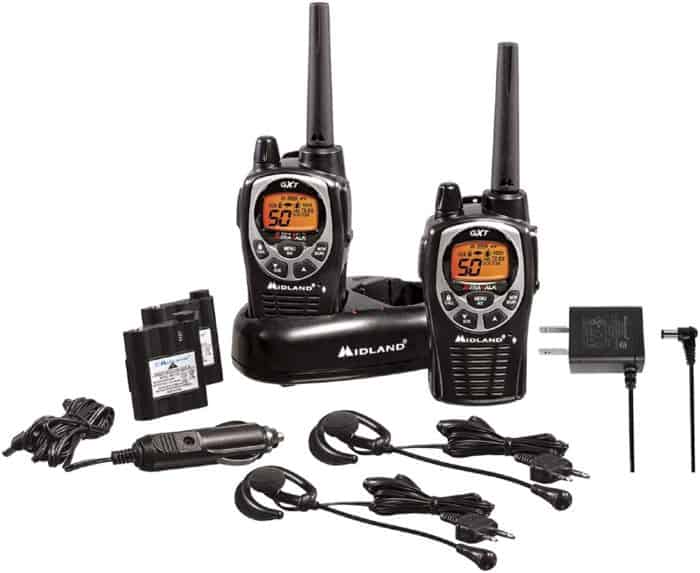

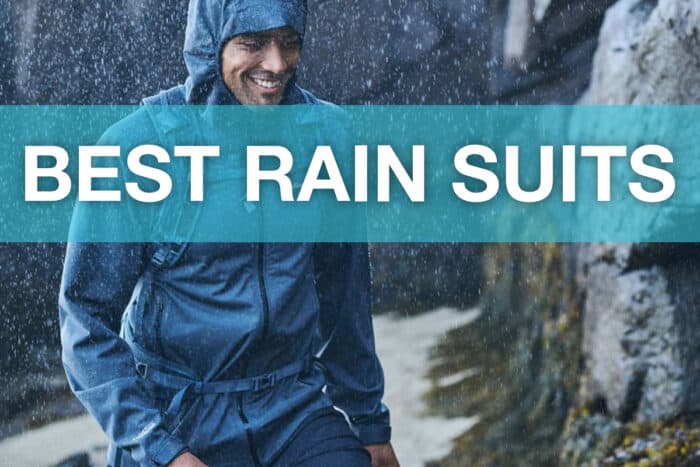
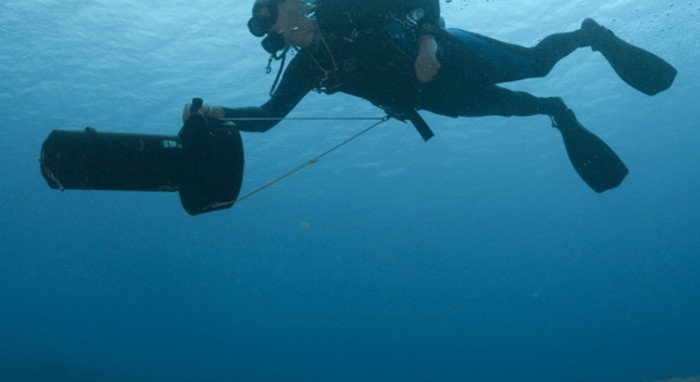








1 Comment
Robert on May 18, 2021
Great article and overview! You might want to add foldable kayaks. Their design is getting better and better. Super practical and light ones on the market these days and they come with a pretty good performance on the water as well!